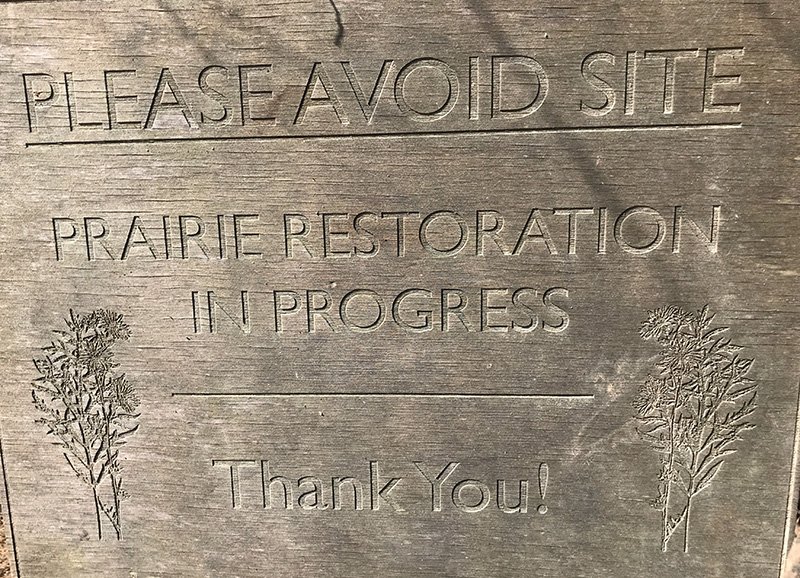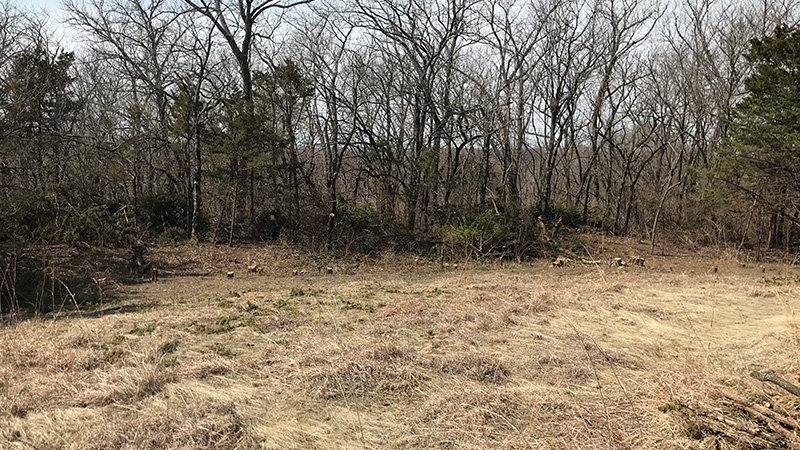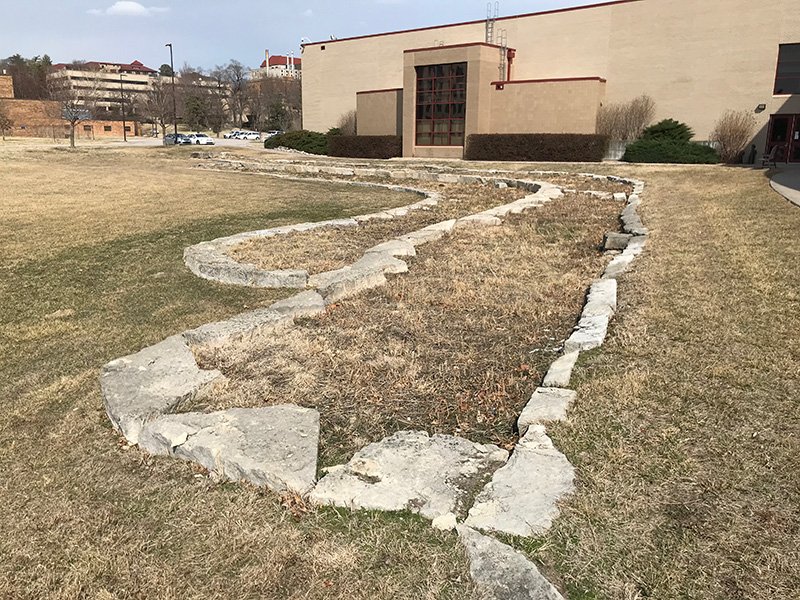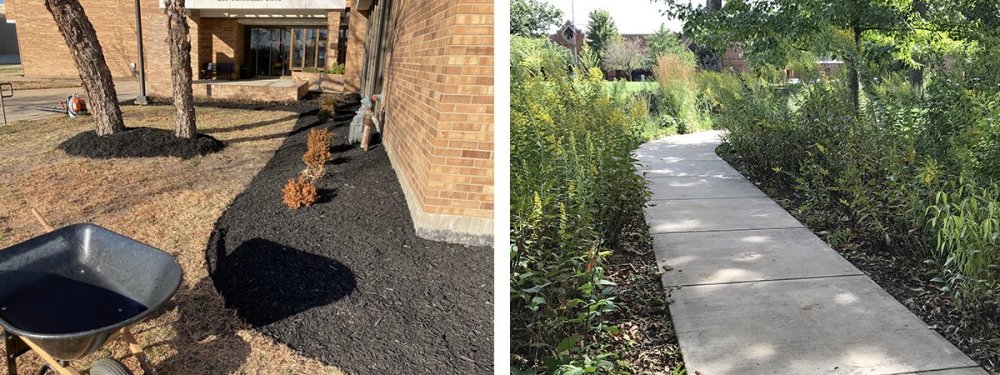Restoring the Landscape?
In my work I come across the term landscape restoration on a regular basis. Not every day, but frequently enough, and it usually comes from a stakeholder with an environmental agenda. I think this is a great thing. First because I love to hear from any of my stakeholders, but also because I think having an environmentally sound landscape is a very good thing. But what even is landscape restoration? Like many of our landscape management approaches, this phrase means something different to everyone that speaks it. Therein lies my quandary. As a landscape manager, what does restoration mean to me, and how does it influence my decisions moving forward?

What is Restoration?
Restoration is defined as returning an object, condition, landscape, etc. to some prior state or characteristic. In our industry, I believe restoration has taken on a marked sustainability slant. I support appropriate sustainability as a mindset for every landscape project. What I’m pushing back against is when ecology/sustainability becomes the main objective for every restoration a grounds crew participates in. I suggest any predeterminate restoration objective for landscape projects is detrimental. Landscape restoration, the process by which a landscape is returned to a previous state. That state may be a tallgrass prairie, but it may also be a putting green or formal garden (don’t even get me started on trying to define “formal garden”). The original intent of the area should (shall?) be the primary driver for what is restored.
I support appropriate sustainability as a mindset for every landscape project. What I’m pushing back against is when ecology/sustainability becomes the main objective...
One Size Doesn’t Fit All
Recently I was enlisted to participate in two projects both of which were classified as landscape restoration. The first project involved a naturally occurring prairie remnant suffering encroachment from invasives and excess shade due to nearby trees. The next was a neglected naturalized rain garden (I know naturalized is another subjective concept. I expect however you define it is close enough for making my point). The original planting mix was unrecognizable, the rain management was poor because of excess silt, and there was significant weed encroachment. So, are both restorations? Well, that must be answered by asking what was the original intent of the project? The remnant is in an undeveloped part of campus and is a vestige of a previously larger prairie remnant. The rain garden is on main campus and was designed to exemplify a natural way of managing roof run off. These areas clearly are pursuing different goals, but both were referred to as restorations.

Despite pursuing significantly different objectives, both these projects are deemed restorations.

A Name Is Just a Name
Bringing up the phrase ‘global warming’ or ‘climate change’ activate prejudices and preconceived notions on both sides of the topic. It can rapidly sidetrack a reasonable conversation into a realm of ever more drastic statements and confirmation biases. I suggest restoration is another one of those activating words. Rather than focus on any one goal (everyone has a reason that makes sense to their own ears), broadening our perspective to evaluate how a project can meet multiple objectives is a far better strategy. Dare I say a ‘sustainable’ strategy. Broadening project aims enlists previously disinterested stakeholders but more importantly will add complexity (diversity) to a project. Increasing the aims of the project increases the likelihood of success (more aims, more hits) and may also introduce considerations and information that expand our field of knowledge and capabilities. Undertaking hybrid projects with several compatible purposes is far better than pursuing singular goals.
Rather than focus on any one goal (everyone has a reason that makes sense to their own ears), broadening our perspective to evaluate how a project can meet multiple objectives is a far better strategy...
Our Objectives Are Diverse; the Landscape Prescription Must Be As Well
Restoring the landscape is frequently essential. Clearly restoration can take many different paths and processes toward as many different end results. In my operation the inputs and outputs of the landscape dictate the work process going forward. Inputs include stakeholder needs/expectations, resources available for the project, time, future changes, etc. Outputs are aesthetic, function, conservation, educational possibilities, ecosystem services, etc. (what our organization expects from the project). All these factors, be they inputs or outputs, are resources. How we balance both sides of this resource equation is critical. So, whatever we call our work, restoration, renovation, or rejuvenation, matters less than what that work accomplishes.



2 Comments
Recommended Comments